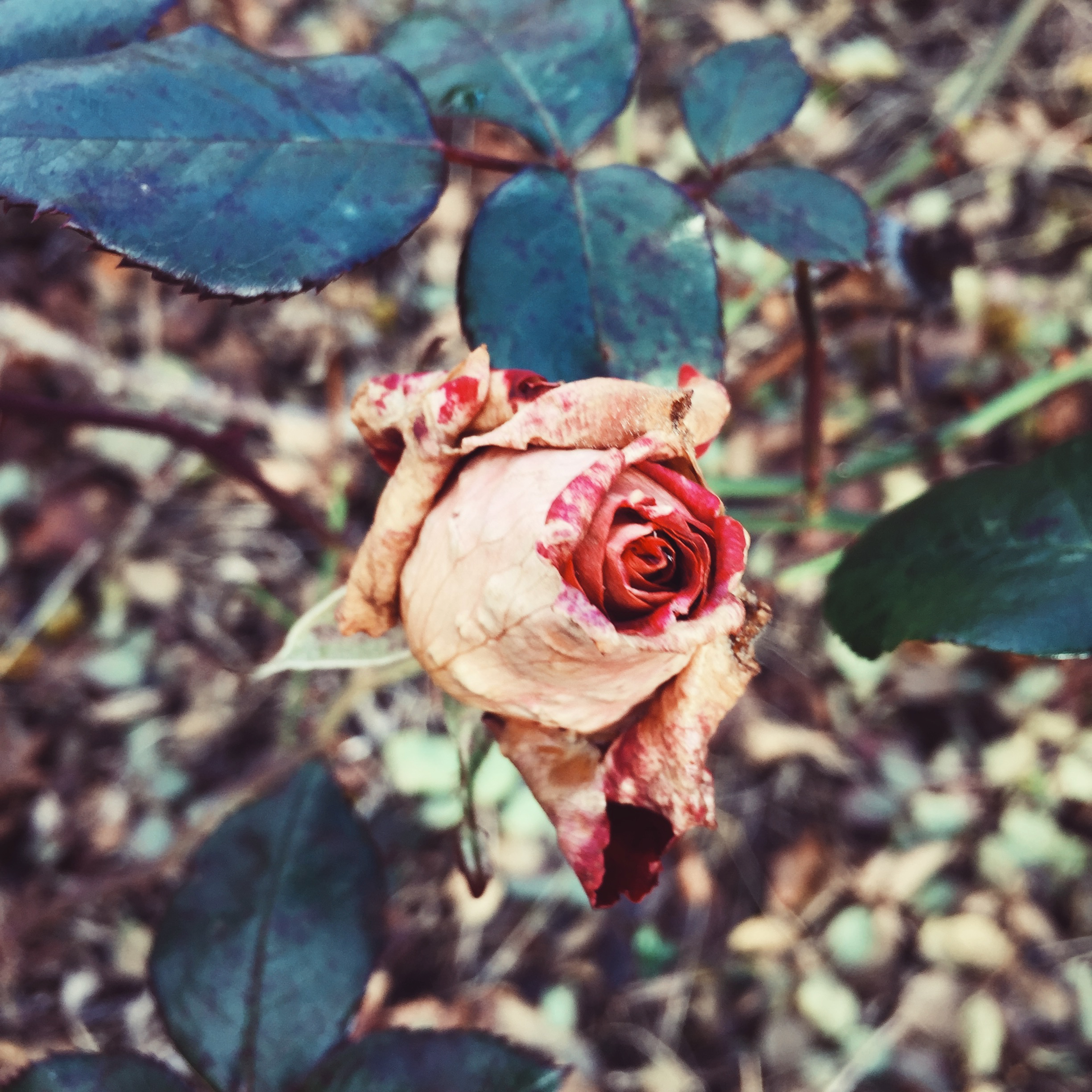Not mine anymore.

Face-down on the operating table, I’m not yet numb. This part had escaped my meticulous mental preparation – not so meticulous after all – and when I realize that the numbing portion of the day’s festivities will involve injections of lidocaine, the familiar effervescence of panic travels across the backs of my arms and into my scalp.
I lose track after the twelfth injection. And you know how I love to count things. I have experienced lidocaine injections before, for dental work, and once for a cut on my finger that required stitches, but nothing compares to the precise, bee-sting pain of multiple injections. My breathing exercises work to a point, but it takes a lot more than breathing exercises for me to sit still while someone hurts me. I wish I had something as cool as Sherlock’s mind-palace. There isn’t even a tropical beach with swaying palm trees waiting for me in my mind. Visual imagination is not a strength of mine, so where I go in my head is a facsimile of a rundown, cramped office of the psychiatric resident I saw twice a week while I lived in Alabama.
I take a deep breath. The nurse says, “You’re doing so well!” and she sounds surprised. “Most people really hate this part.”
I really hate this part, I think as I exhale. But I am also my parents' daughter, and I know how to put on a brave face when I think my discomfort might put someone else out.
When all of the numbing has taken effect, the part I still can’t fathom happens. It is a routine procedure and yet a piece of my skin is being removed, and my brain hamster-wheels as it tries to square these two things. I feel tugged at in a way that I did not expect; maybe I expected it to be more like opening a handbag, pulling out a glasses-case, and snapping me shut again. My eyes have been closed most of the time but they pop open as the surgeon calls softly to the nurse, and I see him pass a piece of my flesh over to her, settling it gently in a jar of clear liquid. Suddenly I picture a long line of glowing specimens in jars at the Museum of Science and Industry.
“O,” I say, louder than I mean to do.
“Everything okay?” the surgeon asks. He is at least ten years younger than I am.
“Yes,” I say, and it is, and it isn’t. The panic has receded, replaced by boring old nausea.
“We send this off to the lab for tests. To make sure,” the surgeon says. He does not need to finish the sentence.
Pain peels back my manners enough that I ask for more lidocaine during the sutures. It takes so much longer to sew me up that I feel like a sock that is too worn through to be darned, every stitch opening a bigger hole. Eventually the surgeon places a waterproof bandage over the site. My arms and legs are starting to shake when I slowly sit up.
“It’s the lidocaine,” the nurse explains. I’m wound up like a mechanical toy, limbs paddling air, waiting to be let go. She has a piece of me in a jar in a plastic bag. It seems rude to leave it behind but it’s not mine anymore.
Writing from: a quiet study in Portland, Oregon. Listening to: “Cave” by Future Islands. The surgery described above happened two months ago; I’m already healed and everything was benign. Still processing it, apparently.